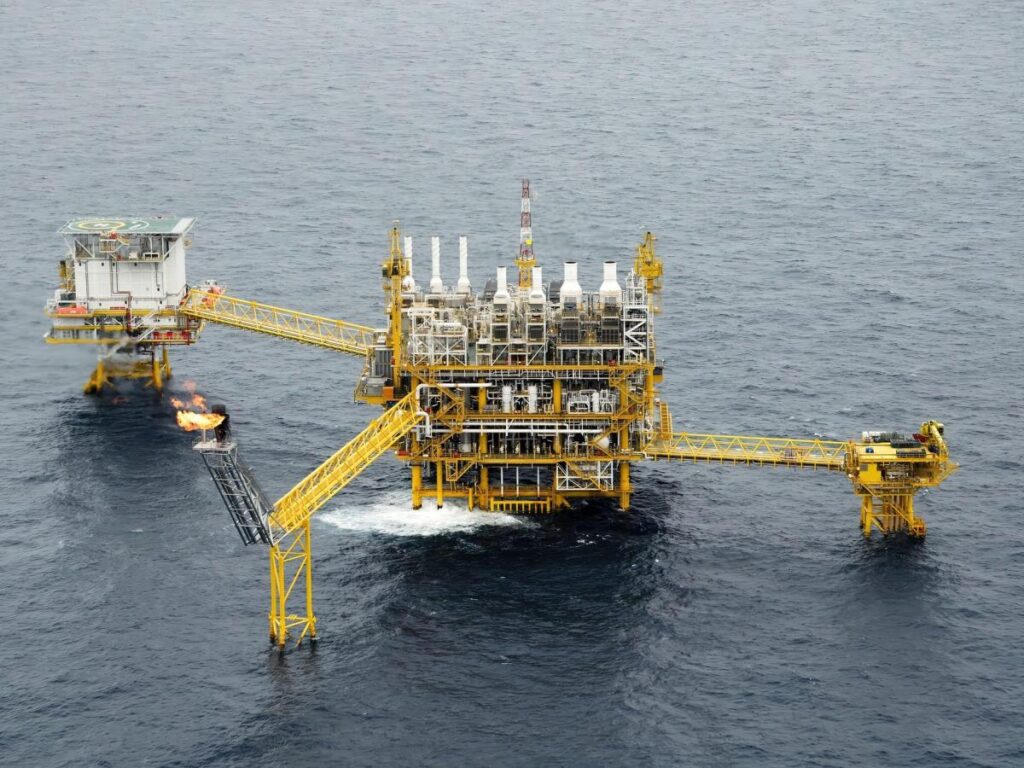President-elect Donald Trump is assembling a Cabinet consisting of individuals who are firmly aligned with the oil and gas industry. His picks for key positions at the Department of the Interior, the Department of Energy, and the Environmental Protection Agency (EPA) are indicative of his intent to advance policies that prioritize fossil fuel extraction. If confirmed, Governors Doug Burgum, Chris Wright, and Lee Zeldin will spearhead efforts to facilitate increased drilling activities in the Gulf of Mexico and on federal lands, while also working to revoke existing climate regulations. This strategic alignment is poised to enhance the federal government’s commitment to a drilling-centric agenda, which could drastically impact the climate and environmental policies in place.
Governor Doug Burgum, a North Dakota Republican with significant connections to the fossil fuel sector, has been nominated to lead the Interior Department. This department is responsible for managing vast public lands and waters available for oil and gas drilling. Burgum’s leadership would likely see an expansion of drilling permits and leases, as he is expected to prioritize interests of the oil and gas sectors. Meanwhile, Chris Wright, currently the CEO of Liberty Energy, has been tapped as energy secretary. His primary focus will be reversing the current administration’s pause on new export terminals for liquefied natural gas (LNG), which have raised concerns about environmental impacts and energy consumer costs. Lastly, Lee Zeldin, known for his opposition to climate legislation during his time in Congress, is set to lead the EPA. His role would involve rolling back regulations on pollution from the fossil fuel industry, further cementing a policy direction favoring traditional energy sources.
The expected policy trajectory of the incoming administration, articulated by these nominees, aligns with the mantra of “drill, baby, drill.” Trump’s Cabinet is poised to undertake several significant actions aimed at turbocharging fossil fuel production in the U.S. By stacking key posts with proponents for oil and gas, Trump intends to dismantle barriers that currently restrict drilling on federal land and oceans. Cutting bureaucratic red tape has been cited as a mandate under which these officials will operate, in an effort to streamline the processes involved in energy production and distribution.
One of the notable initiatives on the horizon is the anticipated resumption of approvals for new gas export terminals. These terminals, which were largely frozen under the Biden administration while awaiting a thorough analysis of their environmental impacts, represent a strategic priority for the incoming administration. Supporters argue that expediting these approvals will enhance America’s ability to compete globally and stabilize domestic prices impacted by international events. With geopolitical tensions and climate-induced weather events posing risks to energy stability, proponents within the administration assert that a robust gas export program could bolster national security and economic prospects.
Moreover, anticipated steps to increase oil and gas drilling in the Gulf of Mexico are already making waves in the industry. With only a minimal number of lease sale opportunities slated for the upcoming years, industry advocates are pushing for more aggressive actions from the Trump administration. They predict that immediate auctions could draw significant interest from companies eager to capitalize on existing infrastructure. Likewise, plans are in place to potentially reduce the size of national monuments to enable drilling, though this will likely be contended legally by environmental groups advocating for protection of these lands.
Finally, the rollback of climate regulations poses perhaps one of the most contentious aspects of Trump’s agenda. His opposition to carbon emissions restrictions is reminiscent of the regulatory dismantling seen during his first term. However, nuances in this scenario exist as some industrial sectors express diverging interests; for instance, automakers are increasingly invested in electric vehicle technologies, while major oil and gas firms recognize the need for some emissions regulation. This contradiction suggests an evolving landscape where the Trump administration might face pressure from various stakeholders while attempting to fulfill a mandate received during the election. As the plans unfold, tensions between fossil fuel proponents and climate advocates are set to intensify, with significant implications for both policy and public health.

